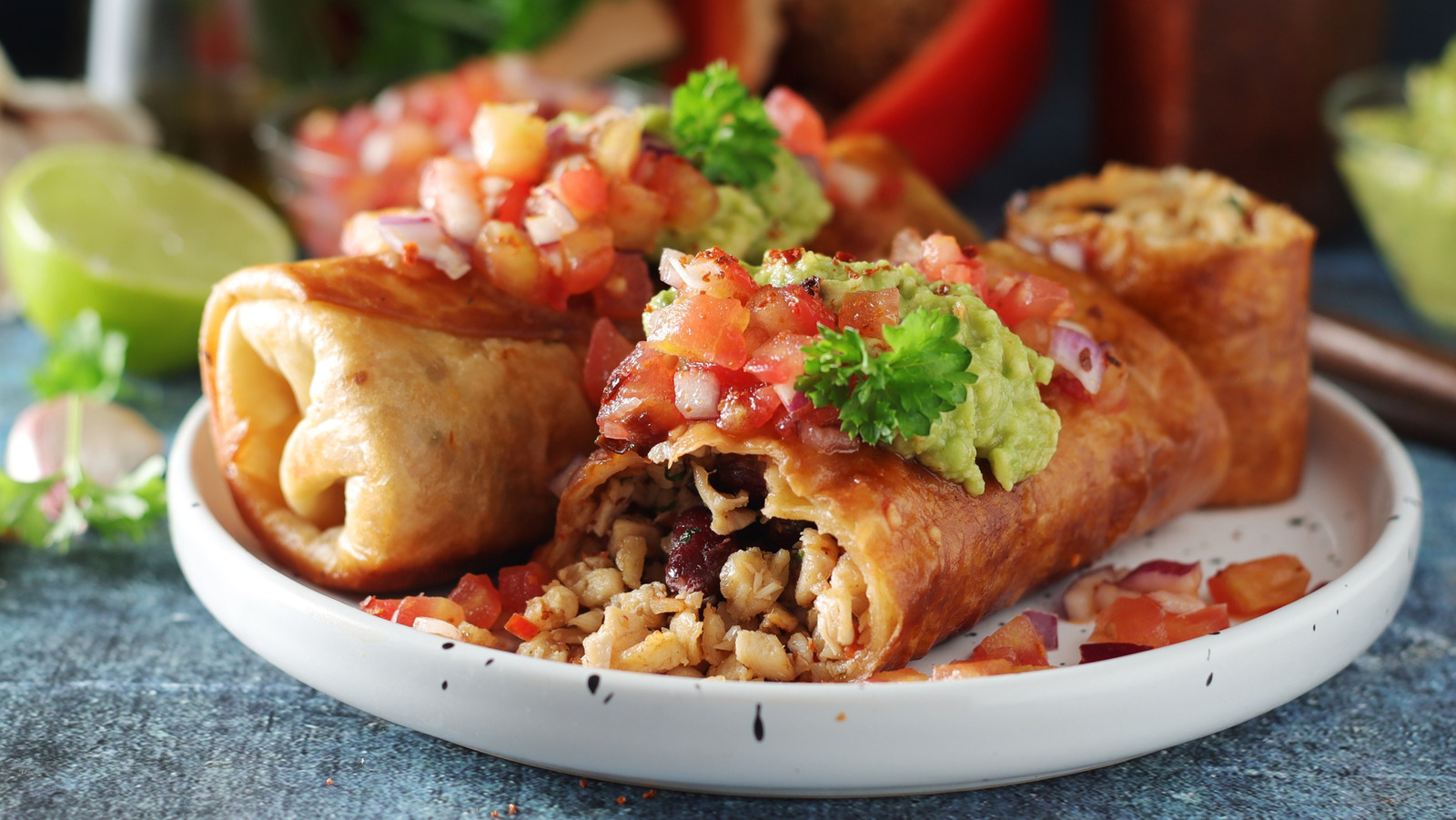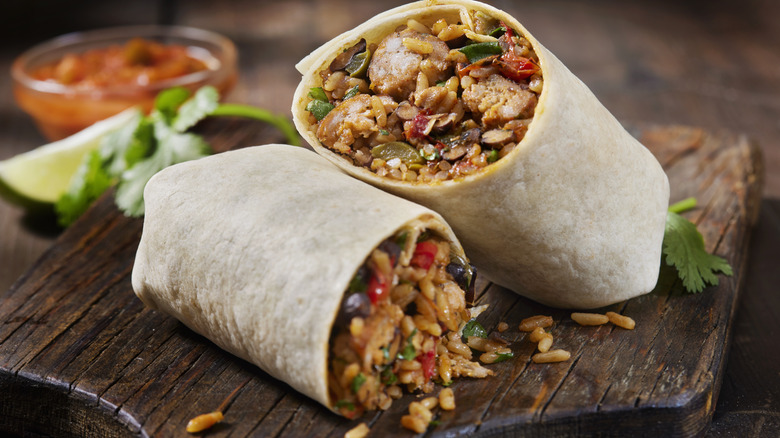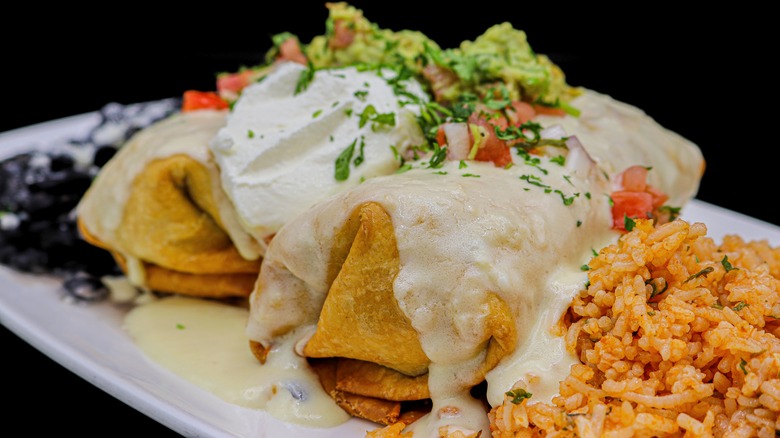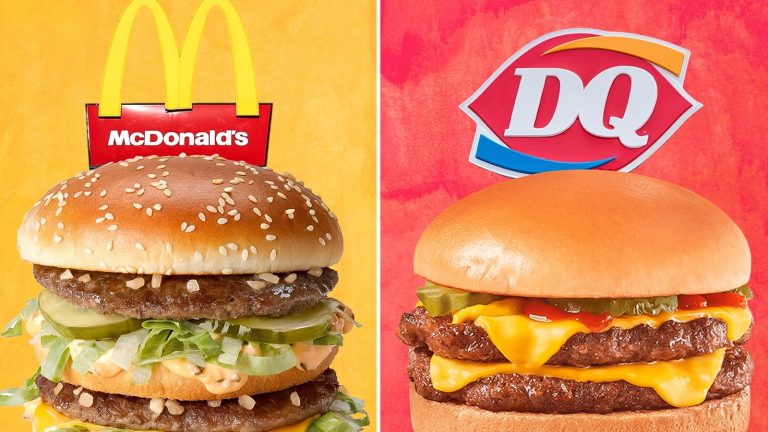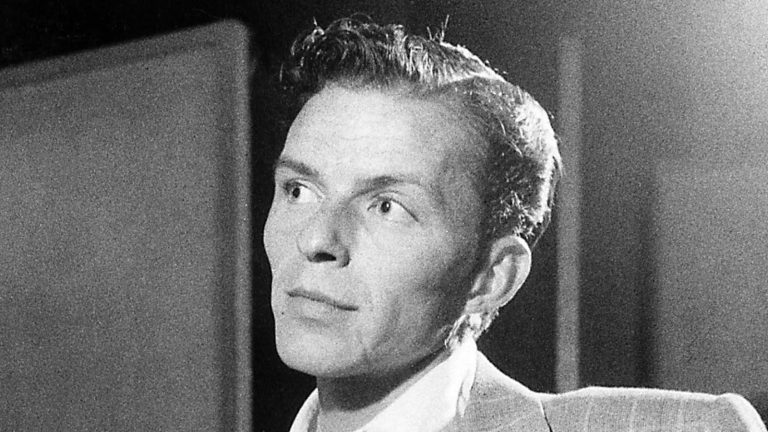People often head to a Mexican restaurant with a specific item in mind, aside from that perfect margarita. Whether you’re an arroz con pollo loyalist, a classic street taco lover, or someone who goes all-in on loaded nachos, chances are you’ve got a go-to dish you look forward to every time.
But let’s be honest, Mexican restaurant menus can sometimes be overwhelming. With so many delicious options, often minimal descriptions, and maybe a few unfamiliar terms, you might shy away from ordering something you’d love simply because you don’t know what the heck it is.
So, when it comes to those classic menu items you always hear about but haven’t tried, what really is the difference between them? Burritos, for example, are pretty familiar territory. But what’s the difference between a burrito and an enchilada? Or a burrito and a chimichanga? Are they basically the same thing? Or does one come with something special? Get your chips and salsa ready, and let’s dig into what sets these two iconic indulgences apart, from their outer shells to how they’re eaten.
What is a burrito?
In Spanish, burrito directly translates to little donkey. That, thankfully, has little to do with the iconic cylindrical rice-and-bean-stuffed dish we find on most Mexican restaurant menus. Though its exact origins are debated, the modern burrito is believed to have come from northern Mexico, likely influenced by Spanish colonial food traditions dating back to the 16th or 17th century. During the Mexican Revolution, burritos became especially popular among those who needed to eat filling meals on the go.
And portable they are! A typical burrito starts with a soft flour tortilla, wrapped around a variety of fillings — most commonly beans, rice, and some form of meat. The result is a nifty, handheld cylinder that is compact, easy to eat, and incredibly customizable.
Of course, we’ve gotten pretty creative with the format. Billion-dollar restaurant chains like Chipotle are built entirely around build-your-own burrito bars. And, we’ve expanded the concept to include everything from breakfast burritos to more Americanized spins like buffalo chicken or Philly cheesesteak burritos. Though you can fill it with whatever ingredients your heart desires, the general consensus is that, in order to be considered a burrito, it’s got to have a flour tortilla on the outside and a filling of rice, beans, cheese, and/or veggies on the inside.
What is a chimichanga?
If you know what a burrito is, you’re just a step away from understanding the chimichanga. Aside from being a fun word to say, a chimichanga is a beloved Mexican-American dish with a history that dates back decades. In a nutshell (ahem, a flour tortilla shell), a chimichanga is just a deep-fried burrito.
One theory about the first chimichanga’s creation is that a chef was holding a burrito, accidentally dropped it into a deep fryer, and blurted out something like “chimichanga!” (likely a made-up expletive to replace a stronger word). Multiple restaurants have claimed credit for the chimichanga’s inception through this same sort of fortunate incident, so it’s unclear who truly invented it, but we’re happy to accept delicious accidents as canon.
So, do burritos and chimichangas have the same fillings? Is it just the deep-frying that makes the difference? Yes and no. Chimichangas often contain similar fillings to burritos — shredded beef, chicken, beans, cheese, salsa, rice — but because they’re fried, they’re usually not eaten with your hands. It’s a deep-fried burrito, so being indulgent is kind of its schtick. As such, these crispy burritos are often served smothered in sauces like queso, salsa roja, or sour cream, and eaten with a fork and knife. That crispy outer shell brings a totally different texture to the party. Instead of soft and doughy, each bite is flaky, crunchy, and greasy in the best way.


